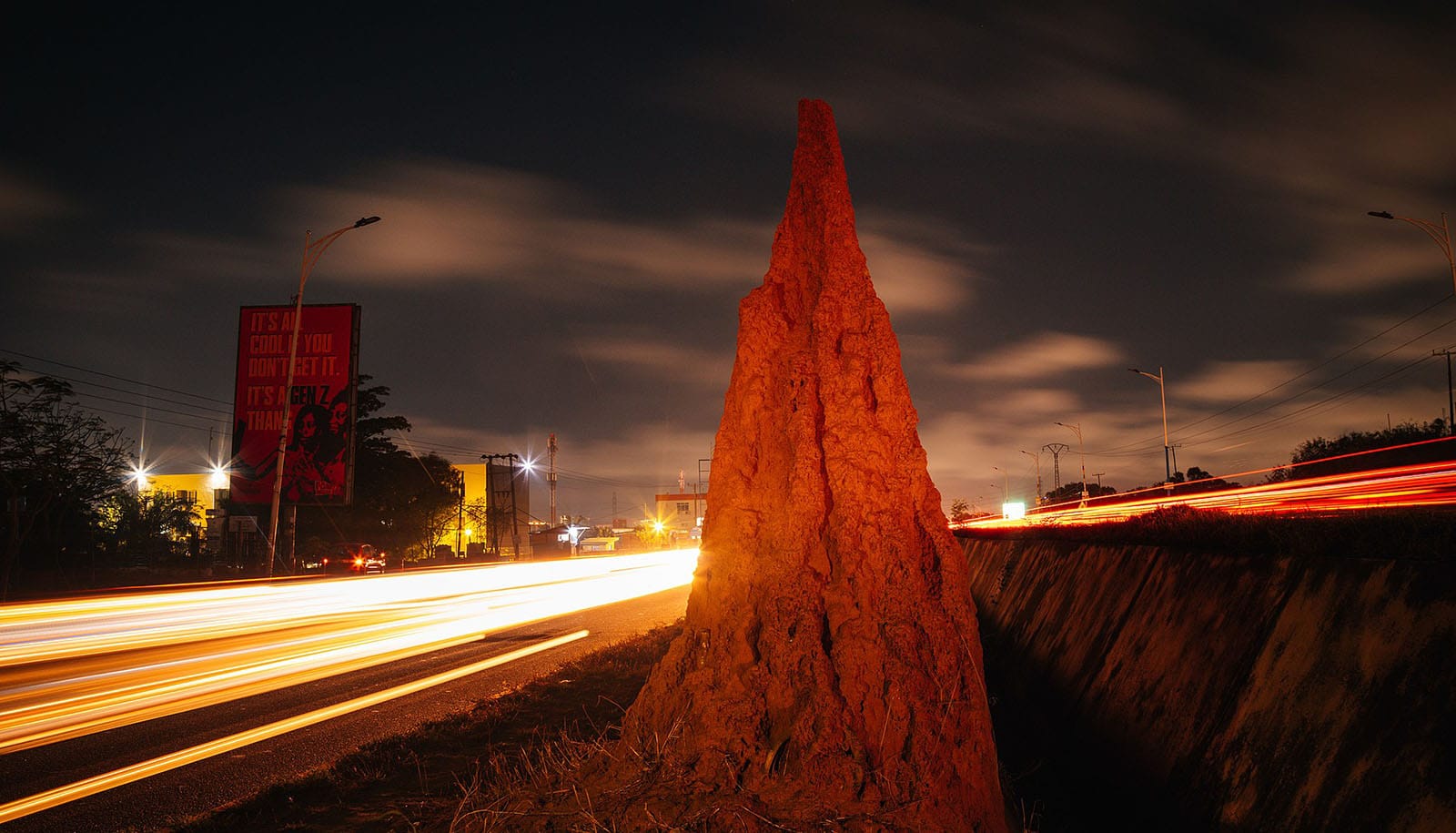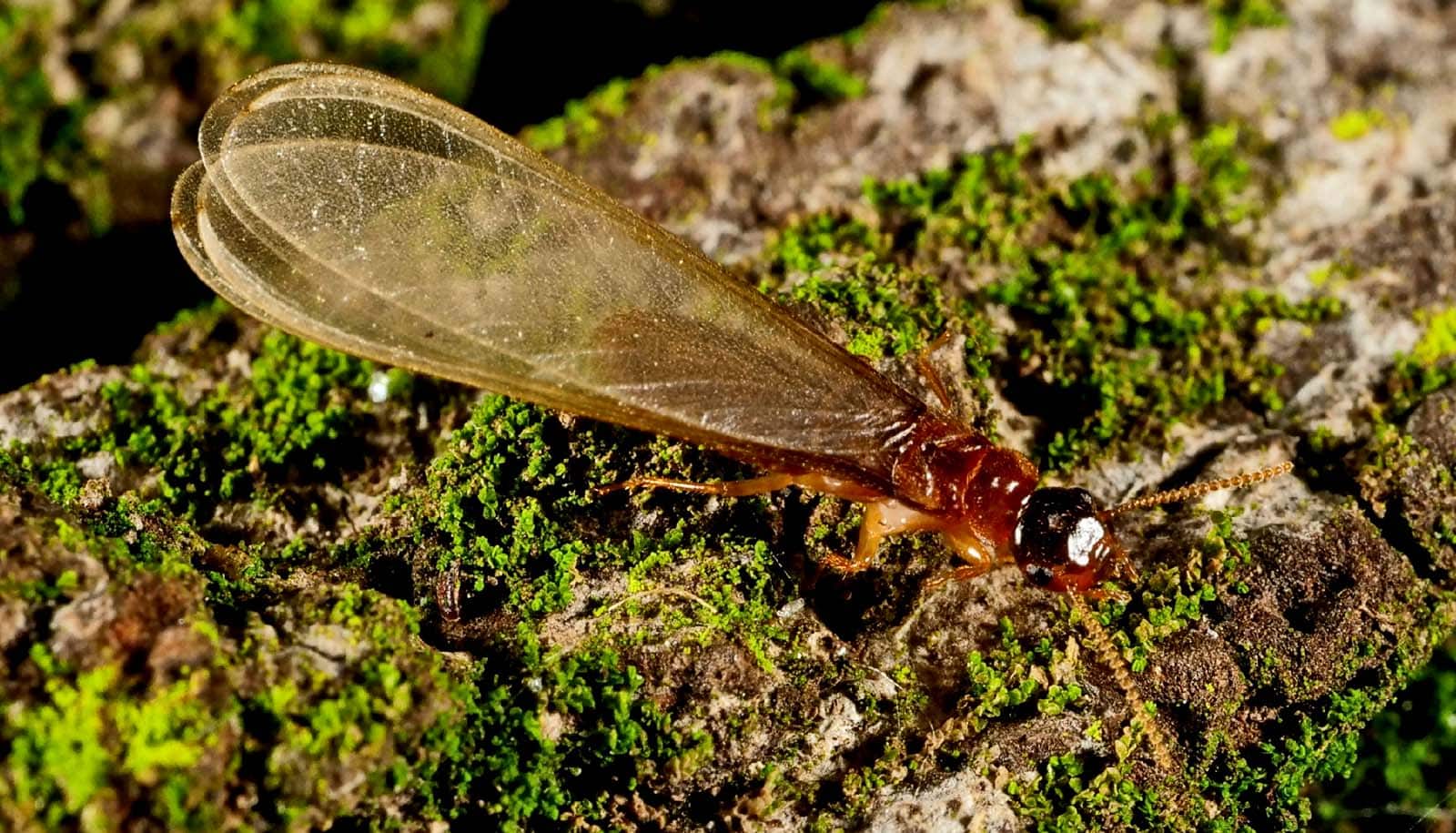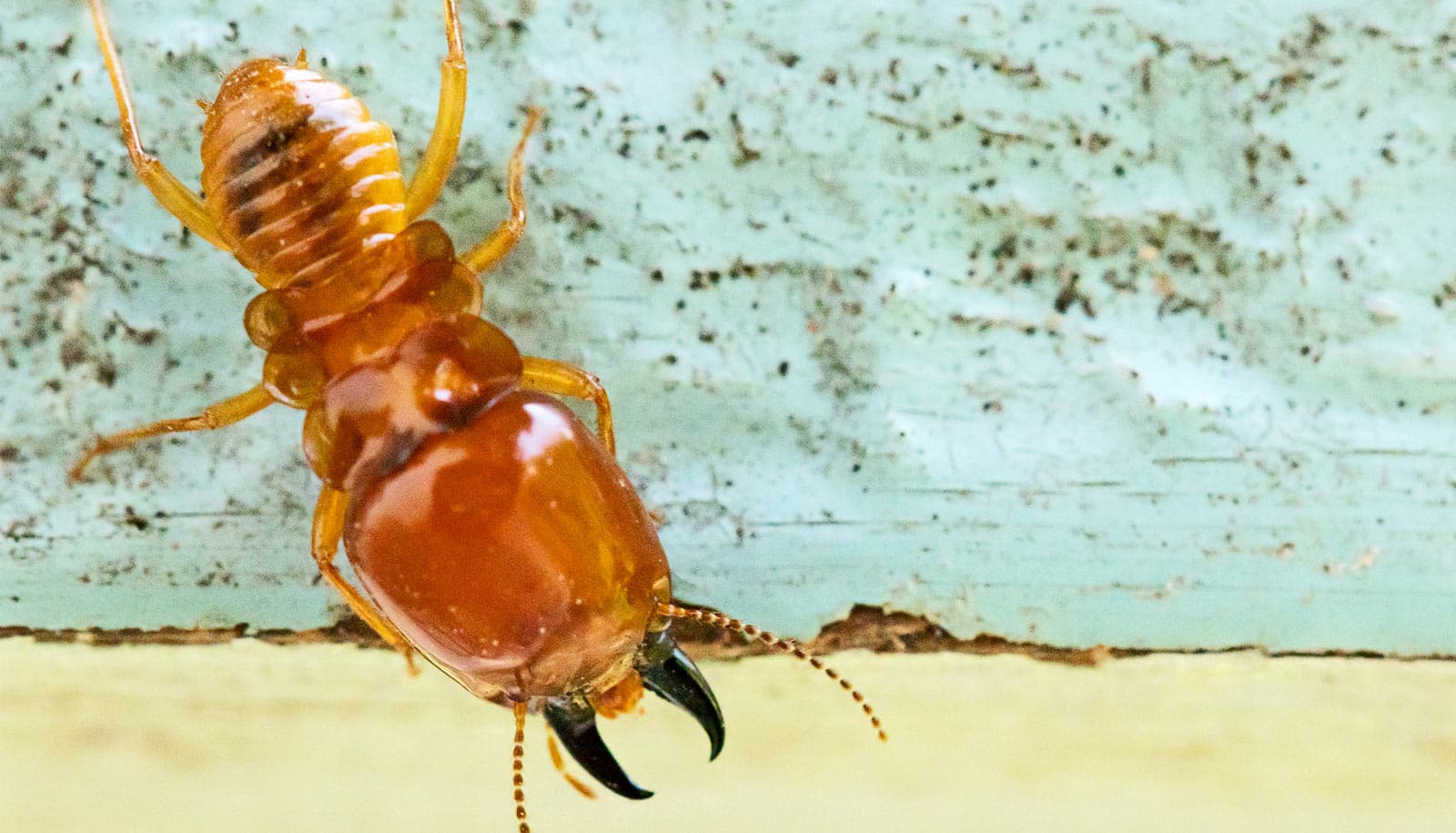Termites could soon be moving toward the North and South poles as global temperatures warm from climate change, research finds.
Most people think termites are a nuisance that consume wood in homes and businesses. But those termites represent less than 4% of all termite species worldwide.
Termites are critical in natural ecosystems—especially in the tropics—because they help recycle dead wood from trees. Without such decayers, the world would be piled high with dead plants and animals.
In conducting the new study, researchers learned that termites are pivotal when it comes to breaking down wood, contributing to Earth’s carbon cycle. They also learned that termites are very sensitive to temperature and rainfall, so as temperatures heat up, the insect’s role in wood decay will likely expand beyond the tropics.
“With temperatures warming, the impact of termites on the planet could be huge,” says study leader Amy Zanne, professor at the University of Miami.
University of Michigan biologist Aimée Classen is a coauthor of the study in the journal Science. She led a team that investigated a field site in Vermont.
“We know that species are moving due to warming and changes in rainfall, but we know less of what those movements might mean for ecosystems and carbon feedbacks,” says Classen, a professor in the department of ecology and evolutionary biology and director of the University of Michigan Biological Station.
“This study is one of the first that connects the dots among a species’ movement, changes in an ecosystem process, and climate change to show that the movement of an organism as small as a termite can cascade to impact the rate that wood—a global carbon stock—is decomposed.”
For the study, more than 100 collaborators studied locations around the globe where bacteria, fungi, and termites consume dead wood. They also investigated how temperature and rainfall could affect the discovery and decay of wood by using the same experimental setup at more than 130 sites in a variety of habitats across six continents. Their results suggest that areas with high termite activity should increase as Earth becomes warmer and drier.
“Termites had their biggest effects in places like tropical savannas and seasonal forests and subtropical deserts,” Zanne says. “These systems are often underappreciated in terms of their contributions to the global carbon budget.”
Collaborator Amy Austin of the Universidad de Buenos Aires says the global study helped scientists glean broader insight about wood decay.
“The inclusion of arid, hot bioregions, particularly in the Southern Hemisphere where termites are often plentiful and active, allowed for novel insight into their role in carbon turnover,” she says. “As ecologists, we may need to broaden our consideration of woody ecosystems beyond a closed-canopy forest and recognize that woody carbon stores in drier ecosystems are an important component of the global carbon cycle.”
Although microbes and termites both decompose dead wood, there are important differences between them. While microbes need water to grow and to consume wood, termites can function at relatively low moisture levels. In fact, termites can search for their next meal even if it is dry out. They carry what they want back to their mounds, or even move their colony into the wood they are consuming.
“Microbes are globally important when it comes to wood decay, but we have largely overlooked the role of termites in this process,” Zanne says. “This means we are not accounting for the massive effect these insects could pose for future carbon cycling and interactions with climate change.”
Like little cows, termites release carbon from the wood as methane and carbon dioxide, which are two of the most important greenhouse gases. Therefore, termites may increasingly contribute to greenhouse gas emissions with climate change, according to the researchers.
“I am fascinated by how microbial and termite wood decay affect how carbon is being released back into the environment,” says Zanne, who has studied the feedbacks from wood-based carbon release for more than a decade.
Classen says that being part of a global science team was rewarding and yielded lots of valuable data.
“Being part of a global network of scientists all working on the same questions enables our group to understand local patterns as well as global patterns,” she says. “This bottom-up approach to tackling scientific questions packs a powerful punch. For a small investment in time or money from any one group, we gain a large understanding of what the future world may look like.”
Source: University of Michigan


